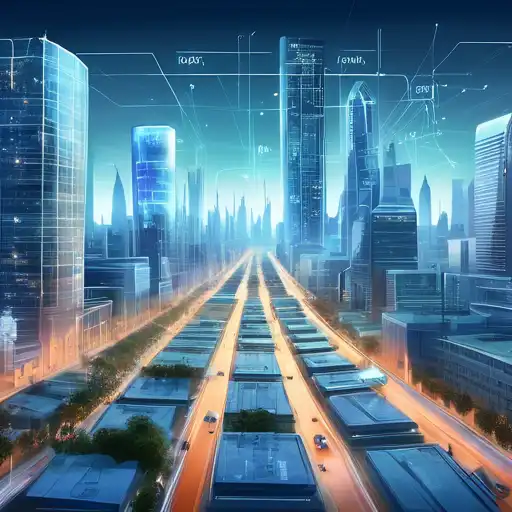Introduction to IoT and Smart Cities
The Internet of Things (IoT) is revolutionizing the way we live, work, and interact with our environment. By connecting devices and systems across cities, IoT is paving the way for smarter, more efficient urban landscapes. This article explores how IoT is making cities smarter, enhancing the quality of life for residents, and driving sustainable development.
Key Components of Smart Cities
Smart cities leverage IoT technology to improve infrastructure, reduce waste, and enhance public services. Key components include:
- Smart transportation systems that reduce traffic congestion and pollution
- Energy-efficient buildings and street lighting
- Advanced waste management systems
- Real-time monitoring of air and water quality
Benefits of IoT in Urban Development
The integration of IoT in city planning and management offers numerous benefits:
- Improved public safety through surveillance and emergency response systems
- Enhanced mobility with smart parking and traffic management
- Greater energy efficiency and reduced carbon footprint
- Increased citizen engagement through digital platforms
Challenges and Solutions
Despite its potential, the adoption of IoT in smart cities faces challenges such as data privacy concerns and high implementation costs. Solutions include robust cybersecurity measures and public-private partnerships to fund projects.
Future Prospects
The future of smart cities is bright, with IoT at the core of innovation. As technology advances, we can expect even more integrated and intelligent urban ecosystems that prioritize sustainability and citizen well-being.
For more insights into how technology is shaping our future, explore our articles on technology trends and sustainable development.
